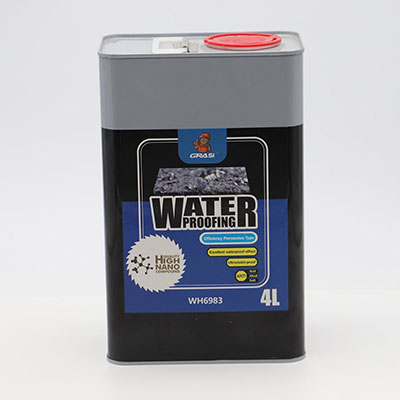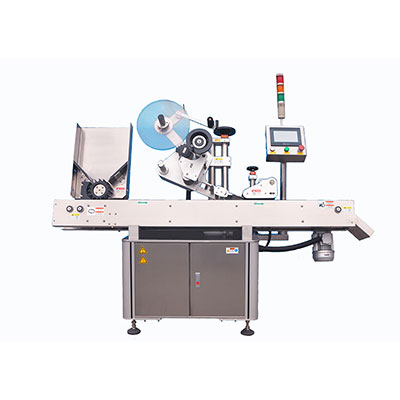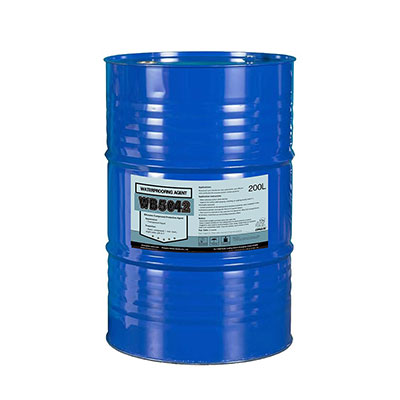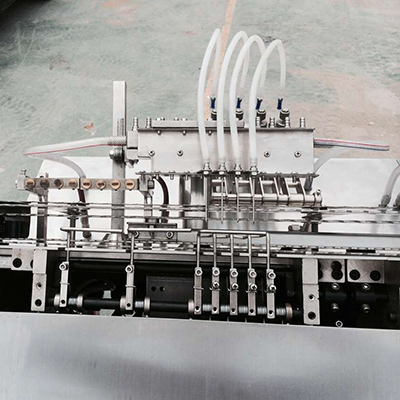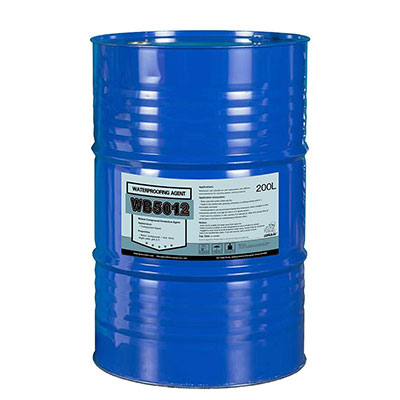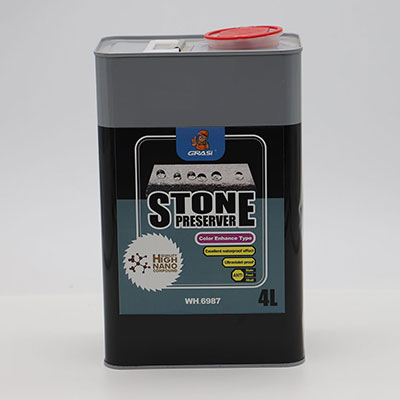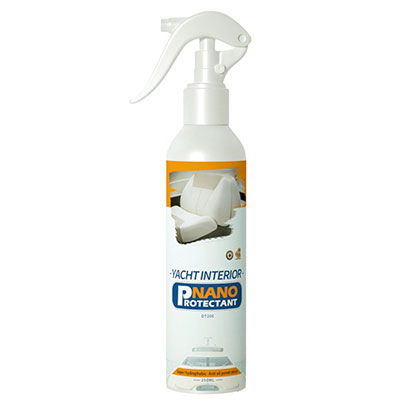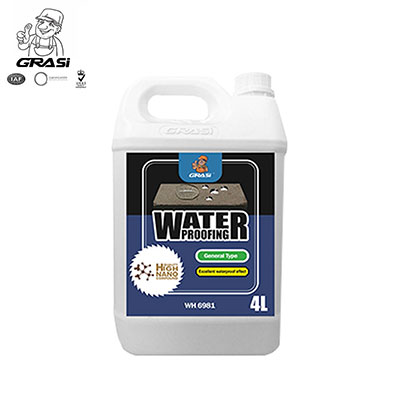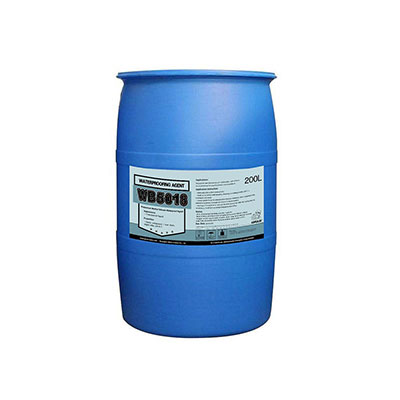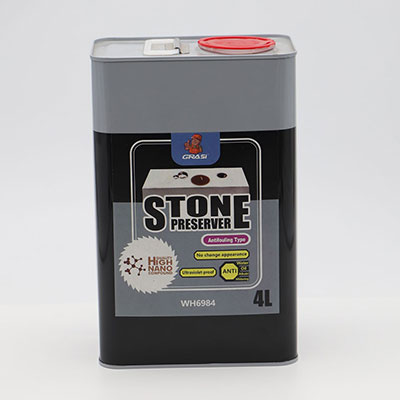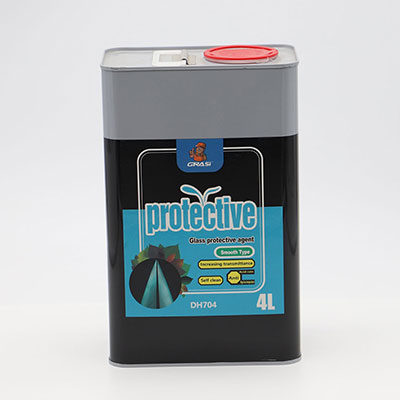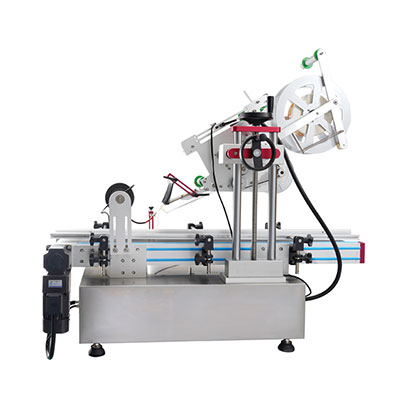Superheated Steam Jet Mill
Superheated steam source providing high energy utilization rate and low operating cost
Grinding particle size range D50: 0.5-10 μm
Revolutionary innovation of dry grinding technology
Improved energy efficiency, low carbon, energy saving and environmental protection for plants
Applicable: bulk solid wastes such as steel slag, slag and fly ash; non-metallic minerals such as calcium carbonate, talc and quartz; new materials such as lithium carbonate, lithium iron phosphate and precipitated silica. How it works
As an upgraded version of the conventional jet mill, the superheated steam jet mill utilizes a unique high-temperature mechanical sealing technology and cooling technique. High-temperature steam is used as the kinetic energy source to propel materials to collide and grind at an accelerated speed through a specially designed Laval nozzle. After being ground, the materials undergo cyclone classification, at which point a heat preservation collection system collects the qualified powders while any coarse particles fall back into the grinding chamber. The entire process is achieved without using any liquids.
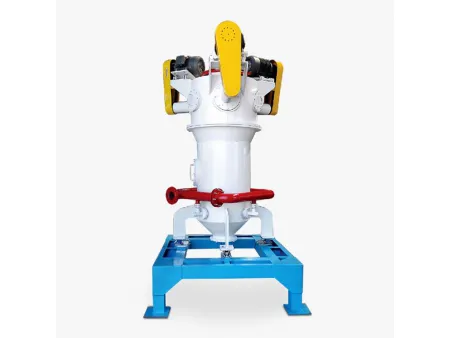
Superheated steam source creating a working pressure between 8-40 bar and steam temperature between 230-360 ℃, which can also dry the powder with heat
High jet velocity provides high kinetics and strong grinding force with nozzle outlet velocity up to 1020 m/s, suitable for finer powder production
Low viscosity of steam makes it easier to obtain finer powders
Full self-grinding of the material, ensuring product purity and wear resistance of the mill
High speed and low dynamic viscosity increase grinding efficiency and classification accuracy while reducing over-grinding
Good particle shape with high activity
Classifier wheel automatically separates materials through airflow, preventing coarse particles from discharge Key components such as lining, classifier and nozzle are made from ceramic materials (e.g. Alumina, zirconia, or silicon carbide) for zero contact with metal during the whole grinding process The classifier rotor can be installed horizontally or vertically; more rotors available
Rotor speed adjustable by frequency conversion allowing flexible particle size distribution adjustment
Closed loop system, reducing dust and noise and creating a clean production environment
PLC control system, easy to operate
Can be used for superfine processing of high-viscosity products
Motor connection via belt improves rotating speed
Multi-stage classifier optional, allows the production of multiple particle sizes at one time
Precise weighing control system available. ensuring product stability and consistency
Explosion-proof design or nitrogen circulation upgrades optional, to meet ultra-fine grinding requirements for flammable, explosive or easily oxidized materials Technical Parameters
| Parameter (S-MQL/W) | 2000 | 3000 | 4000 | 6000 | 10000 | 15000 | 20000 |
| Steam consumption (kg/h) | 1000~2000 | 1500~3000 | 2000~4000 | 3000~6000 | 6000~10000 | 10000~15000 | 15000~20000 |
| Steam pressure (bar) | 5~40 | 5~40 | 5~40 | 5~40 | 5~40 | 5~40 | 5~40 |
| Temperature (℃) | 260~360 | 260~360 | 260~360 | 260~360 | 260~360 | 260~360 | 260~360 |
| Production capacity (kg/h) | 400~1000 | 600~1500 | 800~2000 | 1200~3000 | 2000~5000 | 3000~8000 | 4000~10000 |
| Product size (D50:μm) | 2~10 | 2~12 | 2~12 | 2~14 | 2~14 | 2~16 | 2~16 |
Note: The particle size, specific gravity, hardness, and moisture of raw materials are all closely associated to the production capacity. These parameters should only be used as a reference; for more detailed information please consult our engineers.
Links:https://globefindpro.com/products/1033.html
-
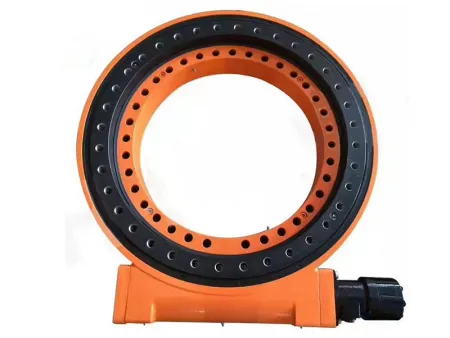 WEA Series Slew Drive
WEA Series Slew Drive
-
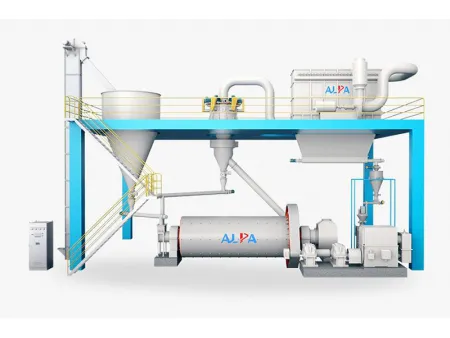 Ball Mill with Air Classifier
Ball Mill with Air Classifier
-
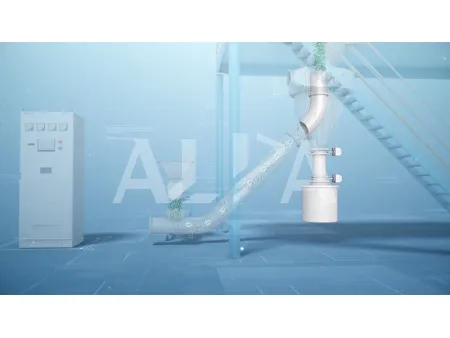 Classifying & Separating
Classifying & Separating
-
 High Speed Blender for Surface Modification
High Speed Blender for Surface Modification
-
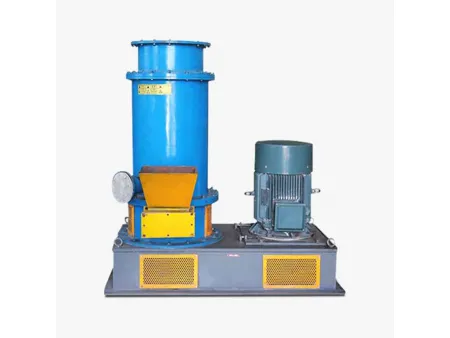 Multi-functional Rotor Mill
Multi-functional Rotor Mill
-
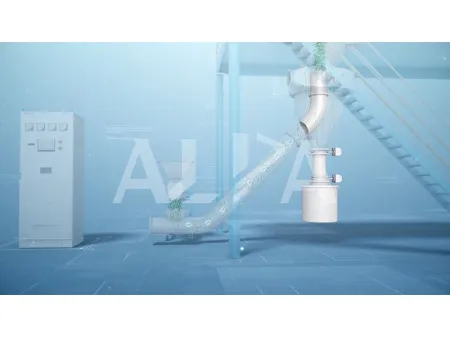 Classifying & Separating
Classifying & Separating
-
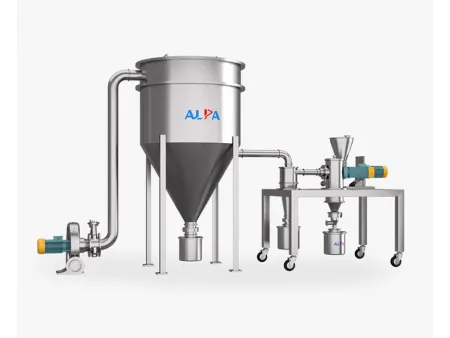 Three-In-One Laboratory Mills and Air Classifiers
Three-In-One Laboratory Mills and Air Classifiers
-
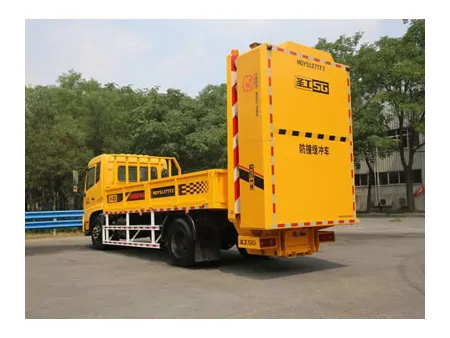 HGY5129TFZD6 Impact Protection Vehicle
HGY5129TFZD6 Impact Protection Vehicle
-
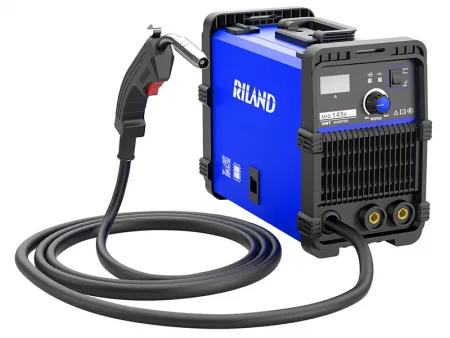 MIG Welding Machine / Inverter Welder
MIG Welding Machine / Inverter Welder
-
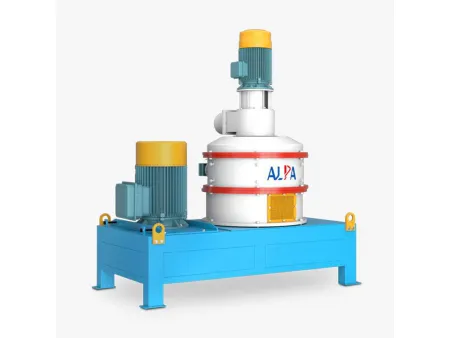 Air Classifying Mill
Air Classifying Mill
-
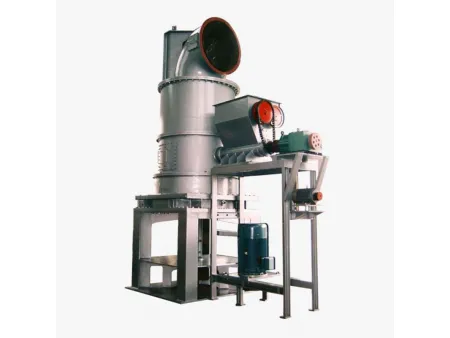 Grinding Dryer
Grinding Dryer
-
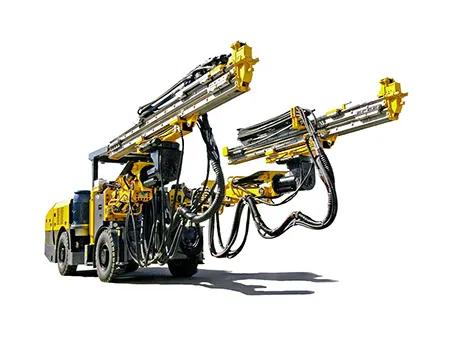 Hydraulic Drilling Jumbo with Two Booms, CYTJ45-2
Hydraulic Drilling Jumbo with Two Booms, CYTJ45-2
